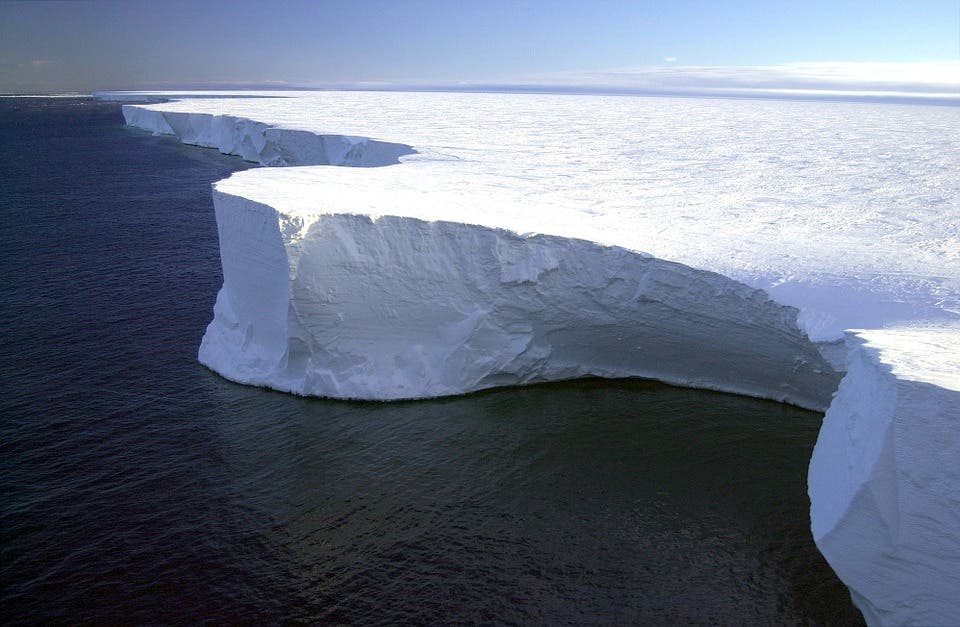Ice melting in the West Antarctic Ice Sheet is definitely caused by human activity.

Periodic changes in wind patterns above the West Antarctic Ice Sheet can bring warmer bodies of water to key glaciers in the area, speeding-up the rate of ice melting. New research shows that these changes in wind patterns are driven in large part by man-made climate warming.
Man-made glacier melting
“We knew this region was affected by natural climate cycles lasting about a decade, but these didn’t necessarily explain the ice loss,” said study coauthor Pierre Dutrieux of Columbia University’s Lamont-Doherty Earth Observatory. “Now we have evidence that a century-long change underlies these cycles, and that it is caused by human activities.”
Satellite monitoring has shown that large areas of the West Antarctic Ice Sheet (WAIS) are losing ice, and that the rate of melting has picked up ‘substantially’ in the last few decades, the team explains. If the trend continues, the melting could cause tens of centimeters of sea-level rise by the year 2100. However, exactly what lies at the root of this melting was yet unclear.
Atmospheric warming has been linked by researchers to the loss of ice in the Antarctic Peninsula (the northernmost part of the continent), but air temperatures have remained stable and quite low over the rest of Antarctica, so scientists looked to the ocean for the cause of ice loss in the WAIS.
Past research has shown that winds can foster higher melt rates by bringing in warmer bodies of water to the glaciers — but not what drives those changes. It was not been clear whether the swings in wind patterns were caused by natural climate variations, or are linked to human-induced climate change. The present findings show it’s mostly the latter.
The team, which included members from the United Kingdom and the United States, combined observations and climate model simulations to show how the winds over the ocean near West Antarctica have changed since the 1920s in response to rising greenhouse gas concentrations. Ocean temperatures have varied in this region with changes in winds from decade to decade, they report. The team also shows that human-caused climate heating has induced long-term changes in the winds, such that conditions favorable for warm ocean conditions have gradually become more prevalent.
“The impact of human-induced climate change on the Antarctic Ice Sheet is not simple. This is the first evidence for a direct link between human activities and the loss of ice from West Antarctica,” says Lead author Paul Holland, of the British Antarctic Survey. “The results imply that a combination of human activity and natural climate changes have caused the sea-level rise resulting from ice loss in this region.”
As for what the future holds, the team also used models to simulate future wind dynamics in the area and how they would fluctuate with changes in greenhouse gas levels. Holland says that if high greenhouse-gas emissions continue in the future, the simulated winds will probably keep changing, and there could be a further increase in ice melting. If emissions are slashed, however, there would probably be little change in the winds from present-day conditions.
“This shows that curbing greenhouse gas emissions now could reduce the future sea-level contribution from this region,” he said.
The paper “West Antarctic ice loss influenced by internal climate variability and anthropogenic forcing” has been published in the journal Nature Geoscience.


